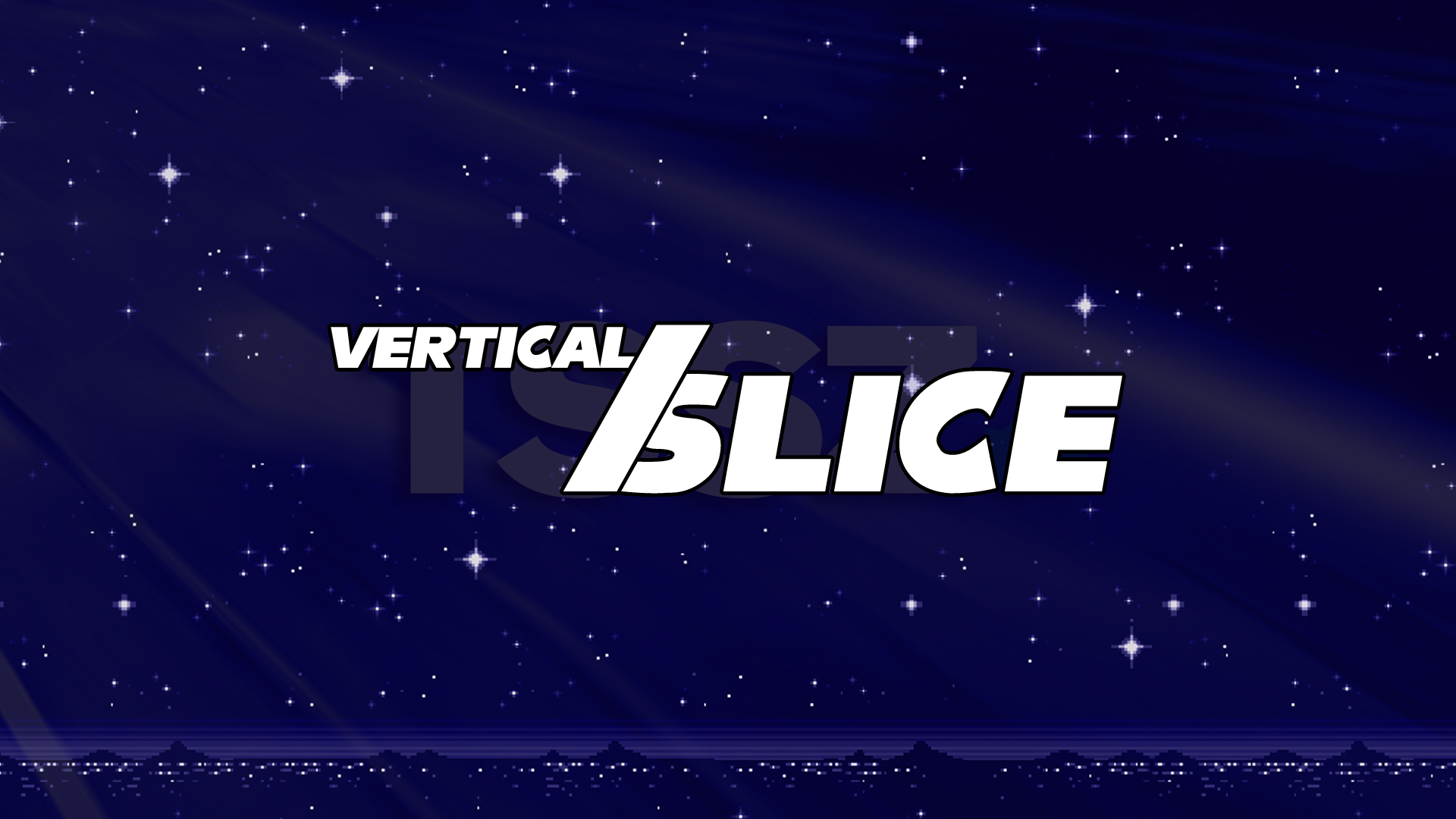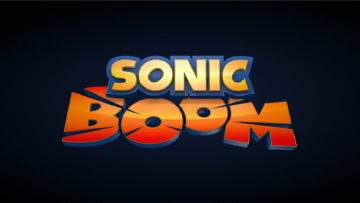
Vertical Slice: Taxman, Sonic 4 and Broken Promises
Sonic the Hedgehog 4 – that single numerical digit meant so much to so many people. It was Sega’s promise of a return to Sonic’s 16-bit sensibilities and an opportunity for the troubled company to say “yes, we listen to our fans”. Yet when it came time for Sega to deliver, those fans were served not one, but two lukewarm plates of mediocrity. Episode I and Episode II failed to impress, and so no one was surprised when Episode III was silently axed.
Good riddance to bad rubbish.
But in a recent post on the Sonic Retro forum earlier this month, long time Sonic “scener” Christian “The Taxman” Whitehead revealed that he’d actually been asked to work with Sega Studios Australia (SSA) on Sonic the Hedgehog 4: Episode III. Whitehead admitted that the job never materialised due to SSA’s closure, and former Sega brand manager Ken Balough has openly stated that the game has long since been cancelled. But a Sonic fan can still wonder: could Christian Whitehead have delivered on Sonic 4‘s broken promise?
Sonic the Hedgehog 4: Episode I came out at a strange time for me. I’d just returned from the magical world of university, where I’d missed every Sonic release between Sonic Adventure 2 and Sonic Unleashed. The only Sonic games I did engage with during that time were the 16-bit classics, although I spent more time thinking about them than actually playing them. I was a young man with fond memories of old Sonic games and a blissful ignorance of the garbage Sonic Team had been putting out through most of the 2000’s – easy prey to the nostalgic draw of Sonic 4. But I soon realised, as most TSSZ readers did, that the insubstantial promise of nostalgia was all Episode I, and to a lesser extent Episode II, had to offer. That, and the never ending sound of synthesized snare drums.
Sega had their chance and blew it – Sonic 4 is no more. And even though it’s fun to imagine a follow up featuring Knuckles and Sonic the Hedgehog 3-inspired environments (which I assume was Sega’s plan), deep down we all know that a Sega is incapable of producing a Sonic 4 that lives up to its title.
But Christian Whitehead isn’t part of Sega, is he.
In my previous article, “Sonic 5 is a Fan Game”, I sung the praises of fan game makers, of which Whitehead is one of the most successful. His proprietary “Retro Engine” formed the basis of his 2011 re-release of the Sonic CD, as well as the 2013 re-releases of Sonic the Hedgehog and Sonic the Hedgehog 2 with help from Simon “Stealth” Thomley.
Whitehead’s ability to create and utilise 2D engines capable of mimicking classic Sonic games is undisputed, and would definitely be of use with a Sonic 4 title. This is especially true considering the vitriol Episode I & II generated due to their wonky physics. But what of his level design?
Aside from the mobile re-releases, Whitehead’s only other Sonic game project was Retro Sonic Nexus, formed from the merging of Sonic Nexus, Sonic XG and Whitehead’s own Retro Sonic. But between Retro Sonic‘s conception and Retro Sonic Nexus‘s shelving in 2011, the only playable example of Whitehead’s work is his SAGE 2007 “Egg Garden Zone” demo.
The demo is a perfectly functional slice of classic-esque Sonic action, but lacks the kind of unifying theme found in each of the zones in Sonic’s 16-bit titles. Egg Garden Zone is nothing more than an easygoing obstacle course of half-pipes, springs and loops in a familiar, tropical setting.

If Egg Garden Zone is unconvincing as a authentic Sonic level due to its simplicity, then Whitehead and Thomley’s Hidden Palace Zone sits on the other end of the scale. The one act zone was a greatly anticipated addition to the mobile version of Sonic 2, recreating the mythical, unfinished level cut from the game’s original 1992 release. Like Egg Garden, Hidden Palace is functionally sound, but sticks out from the rest of Sonic 2‘s levels due to the overuse of different gimmicks and the lack of a unifying theme. Simply put, Whitehead and Thomley’s Hidden Palace Zone contains too much stuff.
From a purely technical standpoint I’d say that Whitehead’s introduction into Episode III‘s developmental lineup would absolutely have helped turn the series around. I also think that in many regards Whitehead cares more about Sonic’s legacy as a 2D sidescroller than Sega does. But could he carry the entire game? Based off Egg Garden and Hidden Palace Zone, I think not. But that’s not what Sega would’ve asked of him anyway.
It’s fun to imagine what Whitehead could do if given the resources to build Episode III, but in reality working with SSA would have make him just one part of a much larger developmental machine. I’m almost certain that he’s be brought on solely to work out the kinks in the left over engine from Episode II, or gutting it completely in favour for a modified version of Retro Engine. Either way he’d be be working towards “more of the same”.
There’s no way Whitehead, or SSA for the matter, would have been allowed to deviate from Sega Japan’s weird perception of what Sonic – and therefore Sonic 4 – should be. Remember, this is the same Sega Japan whose key producer Takashi Iizuka physically couldn’t look at Big Red Button’s Sonic Boom redesigns, yet still allowed Sonic Boom to be released unfinished. I’m not sure that’s the kind of bedlam Whitehead, or any sane human being, could thrive in.
I hope we hear of a future collaboration between Christian Whitehead and Sega soon. Only last year he and Thomley showed off a proof-of-concept video showing Sonic 3 & Knuckles running in the Android and iOS compatible Retro Engine. Why Sega haven’t snapped that up is beyond me.
As for Sonic 4, well, Sega’s failed foray into overpriced episodic games is over and I’d be surprised if we hear any official news of Episode III again. And even if it did come out, and Whitehead was involved, I doubt it’d ever live up to the promise Sega made when they added the “4” to Sonic the Hedgehog 4.



![Private: [ID: 1-VGK1dq698] Youtube Automatic](https://lastminutecontinue.com/wp-content/uploads/2024/02/private-id-1-vgk1dq698-youtube-a-360x203.jpg)
![Private: [ID: 6B6YCKOkG5c] Youtube Automatic](https://lastminutecontinue.com/wp-content/uploads/2021/08/private-id-6b6yckokg5c-youtube-a-360x203.jpg)

![[ID: hn6DD6ObT-I] Youtube Automatic](https://lastminutecontinue.com/wp-content/uploads/2024/04/id-hn6dd6obt-i-youtube-automatic-360x203.jpg)